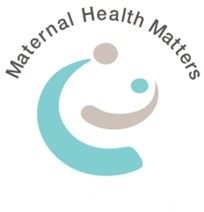New standard to reduce the pain and silence of stillbirth

Stillbirth is the most common form of perinatal death in Australia, accounting for 7 in every 1,000 births. For families that experience a stillbirth they often grieve in private because of the culture of silence around the loss of a baby. The Stillbirth Clinical Care Standard will be the catalyst to reduce the risk of stillbirth and help ease the grief for bereaved women and families.
“While not all stillbirths can be prevented, research shows that in 20 to 30 per cent of cases, the death may have been avoided had high-quality care been provided.” Professor David Ellwood
“We all want to reduce the number of families who face the unimaginable grief of losing a baby. It’s time for us to talk more openly with women about how to reduce the risk of stillbirth, Professor Caroline Homer AO
When there is no clear dividing line between who is normal and who is high risk, the line is frequently drawn in such a way that the maximum number of women are labeled “at risk” and therefore become candidates for unnecessary interventions. Therefore, MHM is concerned that all women will be subjected to unnecessary consultations and interventions that put them at risk being diagnosed, tested and treated for a health risk they do not have and most importantly that the intervention / treatment itself could produce real harm.
Hence our request to The Australian Commission on Safety and Quality in Health Care (The Commission) to prioritise developing a Pregnancy Care Standard to support the delivery of appropriate evidence-based clinical care, that promotes healthy pregnancy and transition to parenting, achieves informed decision, informs health service governance and complements the other work already undertaken by The Commissions.
We at MHM endorse this Standard. However, we were concerned that The Standard does not aim to achieve best evidence informed care for all women. Yes, the standard acknowledges the benefits of midwifery continuity of care as a model that improves a range of important outcomes for women and their infants. However, the statement needs to be stronger than currently worded. We recommended:
Currently there is variations in access to midwifery led continuity of care in practice and until midwifery led continuity of care can be achieved for all women, the standard in the interim recommends that all women should be offered access to a model that offers continuity of maternity carer, and that access to midwifery led continuity of care be prioritised for women at higher risk of stillbirth.
This is an important point, as unless midwifery led continuity of care is clearly stated as an aim, there will be no change to the status quo and women will continue to be disadvantaged.
